The Male Gaze - Tumblr Posts
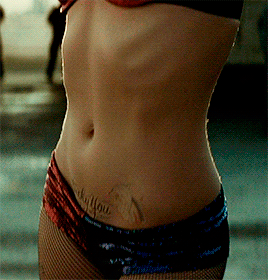
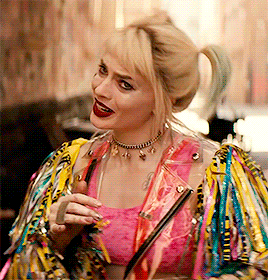
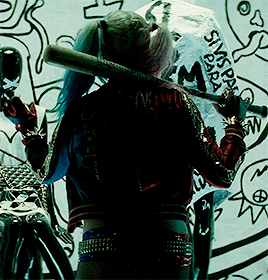
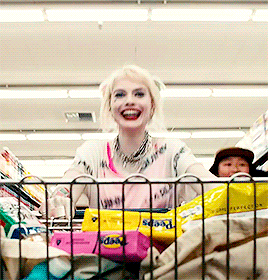
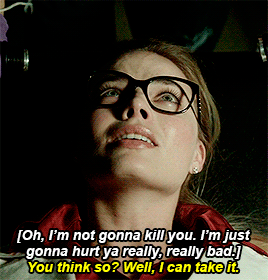
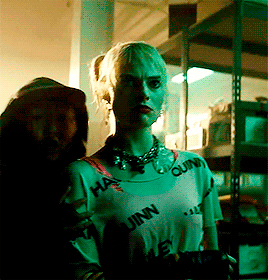
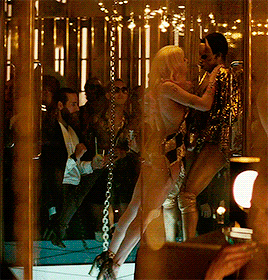
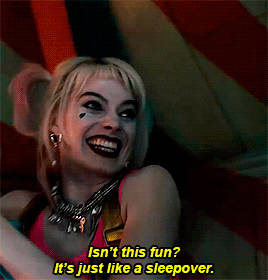
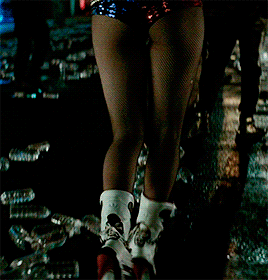
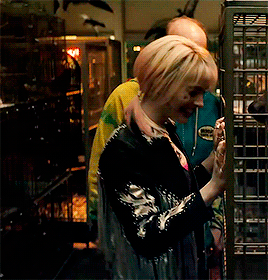
#the difference
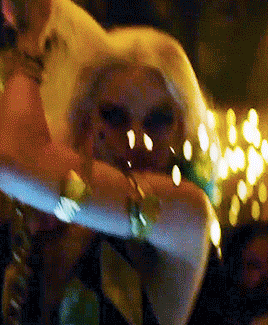
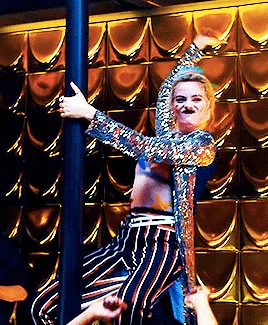
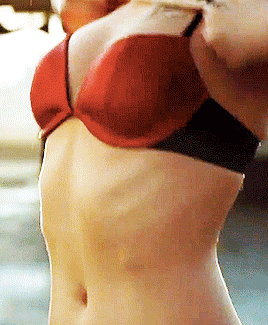
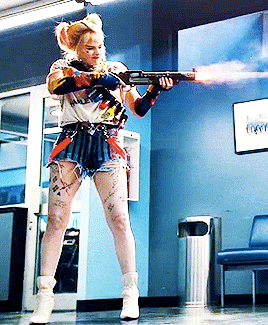
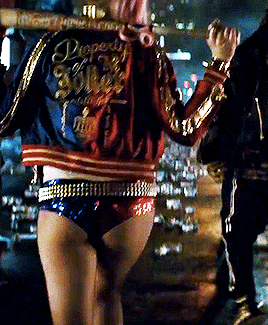
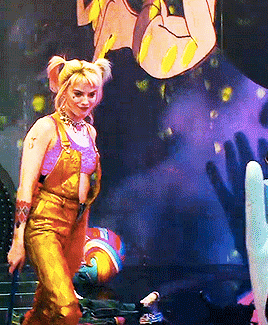
Man Director // Woman Director

I wrote about the ways Cate Shortland's Black Widow (2021) remedied the large scale male gaze Natasha was subjected to in the rest of the MCU, and made a film that was a fitting eulogy for Natasha Romanoff.
what the fuck is with men and how they write women taking showers honestly. like all of that back-arching mouth-half-open luxoriously-running-fingers-through-hair shit. straight dudes thinkin girls are like damn-near climax from just being naked, whats w/ that
from now on the only female shower scenes ill accept involve either; a). sitting in a ball on the shower floor or b). standing completely still while staring into the abyss absentmindedly and scratching your ass. anything else gets a 0 and a “see me after class”
what the fuck is with men and how they write women taking showers honestly. like all of that back-arching mouth-half-open luxoriously-running-fingers-through-hair shit. straight dudes thinkin girls are like damn-near climax from just being naked, whats w/ that
from now on the only female shower scenes ill accept involve either; a). sitting in a ball on the shower floor or b). standing completely still while staring into the abyss absentmindedly and scratching your ass. anything else gets a 0 and a “see me after class”
This disconnect doesn’t just have to do with female characters, either. I’m reminded of that Tumblr post that compares two magazine covers featuring Hugh Jackman: a men’s magazine on which he appears bulging-veined, huge-muscled, and sort of terrifying and weird, and a women’s magazine on which he appears as a slim, athletic guy smiling and wearing a sweater. Anyone who reads comics is familiar with this weirdness: comics heroes are often depicted as nightmarishly hyper-muscled, enormous man-mountains. (Interestingly, this trend grew more and more exaggerated as women became more and more nominally liberated– that is, as they should have been more and more able to communicate what they wanted, including what they wanted from men.) Hyper-masculinity is almost always framed in terms of being attractive– to women or, for gay men, to other men– and sometimes even talked about in the same breath as “the female gaze.” Yet, as that Tumblr post points out, while “the female gaze” is attracted by things like a naked, sweaty Chris Evans or Idris Elba, it’s also attracted by things like: men smiling in sweaters, men crying (DON’T LIE TUMBLR), barefoot fragile Sebastian Stan in the rain on Political Animals, men holding babies, men speaking foreign languages, Mark Ruffalo, and a whole bunch of weird stuff on Ao3 that I don’t even wanna get into. And that’s just “the female gaze as it pertains to men.“
But think about whether men would agree that this is what women find attractive in men. Imagine a men’s magazine that offers tips on being attractive to women that include: looking fragile, being a bumbling scientist, acting like a helpless meatball, expressing affection to tiny children, blushing, being intensely interested in gorgeous clothes, etc, etc. This is hard to imagine. In fact, these are characteristics that are typically characterized as not ideal for men, because they are coded as feminine. Yet they’re also not only traits that are commonly attractive to women, but are generally accepted as commonly attractive to women, if one looks at “women’s” entertainment (romantic comedies, chick lit, anything in which Hugh Grant appears).
What I’m getting at is that there is a division between what attracts women and what men accept/permit as attracting women. Men are engaged in a constant enforcement of heteronormativity, a policing of women’s desire and their own accession to it. What women want is subordinate to what men decide that women want, and the latter is then culturally broadcast as the ideological “what women want” that becomes accepted.
This is true also in the case of female characters. What do women want in female characters? Well, I mean, a lot of us just want female characters for the love of God. But specifically: some of the most popular current female characters in comics/MCU fandom are: Natasha Romanoff, in a movie (Cap 2) where she only briefly appeared in a sexy bodysuit and instead spent most of her time wearing jeans and a hoodie, wisecracking, having a complex narrative about salvation, and hacking computers, not to mention the down-to-earth Phil Noto comics depiction, who even (GASP) sometimes wears a ponytail; Peggy Carter, a 1940s secret agent with little patience for men; Kamala Khan, a teenage Pakistani-American girl who writes fan fiction and wears a modest homemade costume; Darcy Lewis, who’s full-figured, socially awkward, and not a superhero; the lady scientists of the MCU (Jane Foster, Maya Hansen, Betty Ross)… I could go on.
But what do men apparently believe that women want in female characters? Well, going by Joss Whedon: superheroines who wear catsuits, beat up men, are secretly very vulnerable, and are sexually threatened, fragile and unstable girl-women with superpowers beyond their control… oh, wait. That’s it. Expanding beyond Whedon, the most common characteristics tend to be: aggressively sexy, sexually threatened, beats up bad men but is secretly vulnerable. I discussed already one potential reason this is attractive to men (see my previous post); my issue here is: this is not what women want, but it is what men believe that women want, because it is what they have been told by other men that women want.
Once again, what women want is ignored (or, more accurately, invisibilized– in that men deny or are oblivious to its existence) in favor of the ideological construct of “what women want,” which is determined and enforced by men. Men genuinely believe that they know what women want, and are earnest in their attempts to explain “what women want” to women. They are deeply confused, because of course they know what women want! Right? They are unable to see that they are selling a version of “what women want” is essentially “what it would be attractive to men for women to want.”
Is it just me or is the “body positive” movement not working? Like at all?
girls learn to watch themselves in third person so they can constantly fix their laugh and smile and hair and dancing and speech in hopes they can transform into a different person that someone will love and girls fear that if anyone sees them in their most candid self then they will be deemed unlovable and I’m so exhausted from practicing my smile in the mirror but girls also know that the ability to be loved is synonymous with their worth
People comparing men’s fetishization of lesbians to slash fandom is always so funny like imagine a world where large amounts of men did get extremely emotionally invested in potential romantic relationships between fictional women
Also, I hate abstinence-only, and I absolutely agree that teenagers need accurate information about sexuality that isn’t shaming or meant to “scare em straight,” but I feel like social media (especially fucking Instagram) has reeeaally pushed this “hoe culture” thing that tells especially underage girls that the best way to own your sexuality, be “sex positive,” and be #empowered is to act out this really porny hypersexuality to appeal to boys. (And also to be hypersexual for boys on demand but never expect anything like emotional reciprocation in return, because that’s prudish and whiny and not what Baddies™ do.)
Even on places like tunglr.hell; of a clearly underage teen girl deepthroating a banana in front of her cheering peers at a party, and the reactions were all “yaaaaasss what a queen lmaaaooo #baddie,” with nobody really stopping to ask if maaaaybe that doesn’t really look like a really great situation, also why are you sharing a clip of a teen faking a sex act, let alone cheering it on as badass.
The only people who expressed any kind of concern were the people yelling about how “if that was my daughter I’d whoop her hoe ass and lock her in the basement.” It seems like young girls are caught between the left and right wall in a maze, one being this porny sexiness for boys, he other being this controlling and shaming insistence on “purity”, and in between are predators who know how to corner you against either of those walls
Andrea Dworkin about Marilyn Monroe's death (something that Andrew Domishit should've read before making his dogshit of a movie)

Also, I hate abstinence-only, and I absolutely agree that teenagers need accurate information about sexuality that isn’t shaming or meant to “scare em straight,” but I feel like social media (especially fucking Instagram) has reeeaally pushed this “hoe culture” thing that tells especially underage girls that the best way to own your sexuality, be “sex positive,” and be #empowered is to act out this really porny hypersexuality to appeal to boys. (And also to be hypersexual for boys on demand but never expect anything like emotional reciprocation in return, because that’s prudish and whiny and not what Baddies™ do.)
Even on places like tunglr.hell; of a clearly underage teen girl deepthroating a banana in front of her cheering peers at a party, and the reactions were all “yaaaaasss what a queen lmaaaooo #baddie,” with nobody really stopping to ask if maaaaybe that doesn’t really look like a really great situation, also why are you sharing a clip of a teen faking a sex act, let alone cheering it on as badass.
The only people who expressed any kind of concern were the people yelling about how “if that was my daughter I’d whoop her hoe ass and lock her in the basement.” It seems like young girls are caught between the left and right wall in a maze, one being this porny sexiness for boys, he other being this controlling and shaming insistence on “purity”, and in between are predators who know how to corner you against either of those walls
I’ve seen Horny Internet Fangirls fall physically in lust with everything from standard hunks to weird cartoons to robots to monsters and every body type from potbelly bear to skeletal beanpole and it never fails to amaze me, when by comparison, straight guys seem to have trouble with any woman who isn’t hourglass shaped

It Follows (Mitchell, 2014)
What makes It Follows (Mitchell, 2014) so effective as a horror film is that it tells the spectator that they are right to fear the unknown, because the unknown is the voyeur. The Male Gaze objectifies the subject (usually feminine) and empowers the gazer (usually masculine), It Follows subverts this typical film convention. If we gaze into the unknown we believe that we hold the power, yet if the unknown gazes back, without noticing, we are objectified. Mitchell’s use of camera panning encourages passivity, the camera moves for us, the spectator holds no power as in our nightmares, we are passive. Many shots of our protagonist, Jay, are positioned uncomfortably. Some show Jay passing a window whilst others place us with her, gazing at the antagonist. Through the repeated use of the wide shots, the spectator is left vulnerable as we gaze at the shot in it’s entirety, much like our protagonist, we have no idea where it is.
Another way in which It Follows is incredibly effective is it’s use of isolation as a key theme. In order to pass on the curse, sex is needed. Although this should connote intimacy and love, sex is the cause of this isolation for the ones who suffer from the curse. In isolation, we find ourselves at our most vulnerable and when we are in need, only we truly knows what we need. The almost art-house-esque focuses on the stillness of the shot, the minimalism of most of the shots and mise-en-scene also connotes the emptiness of the film and furthermore, anchors the lack of intimacy.